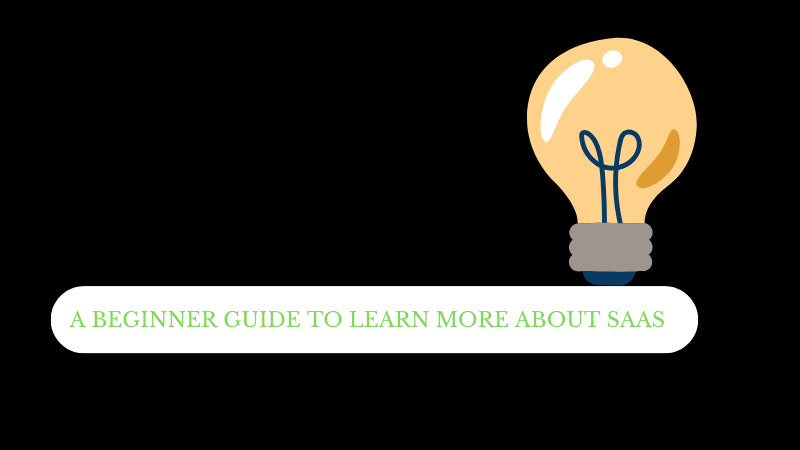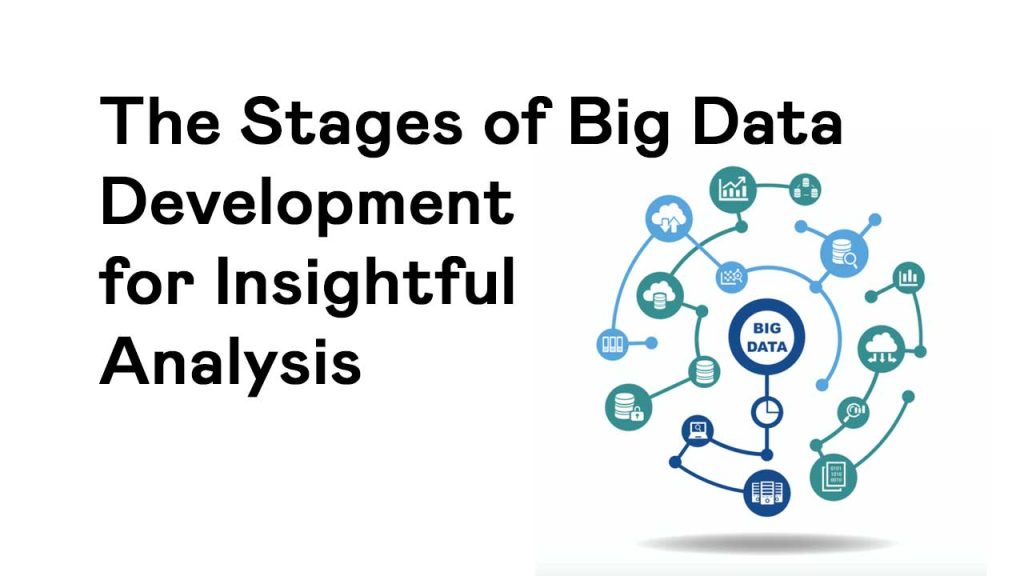A BEGINNER GUIDE TO LEARN MORE ABOUT SAAS

Unlock the world of Software as a Service (SaaS) with our beginner’s guide. Start your journey today
Introduction
In today’s tech-driven world, learn more about Software as a Service (SAAS) has revolutionized the way businesses operate. Whether you’re an entrepreneur, a startup enthusiast, or a seasoned professional, understanding SAAS is essential for navigating the digital landscape effectively. This beginner guide aims to provide a comprehensive overview of SAAS, covering its definition, benefits, implementation, and much more.
What is SAAS?
Software as a Service (SAAS) refers to a cloud-based software distribution model where applications are hosted by a third-party provider and made available to users over the internet. Unlike traditional software, SAAS eliminates the need for extensive installation and maintenance, offering users a convenient and cost-effective solution for accessing cutting-edge software tools.
SAAS applications are accessed through a web browser, allowing users to utilize the software’s functionalities without the hassle of managing hardware or software infrastructure. This accessibility makes SAAS an attractive option for businesses of all sizes, offering scalability, flexibility, and seamless integration capabilities.
The Evolution of SAAS
SAAS has witnessed significant growth and evolution since its inception. Initially, SAAS offerings were limited to basic productivity tools such as email and document editing. However, with advancements in cloud technology and increased internet connectivity, SAAS has expanded to encompass a wide range of applications across various industries.
From customer relationship management (CRM) systems to project management tools and accounting software, SAAS solutions now cater to diverse business needs, empowering organizations to streamline operations, enhance productivity, and drive innovation. The evolution of SAAS has democratized access to sophisticated software solutions, leveling the playing field for businesses worldwide.
Key Benefits of SAAS
- Cost-Effectiveness
SAAS eliminates the need for upfront infrastructure investment, allowing businesses to subscribe to software services on a pay-as-you-go basis. This subscription-based model lowers initial costs and reduces the total cost of ownership over time.
- Scalability
SAAS applications offer scalability, enabling businesses to adjust their software usage according to changing needs and demands. Whether you’re a small startup or a large enterprise, SAAS solutions can scale up or down effortlessly, ensuring optimal resource utilization.
- Accessibility
With SAAS, users can access software applications from any location with an internet connection. This accessibility fosters collaboration, remote work, and mobility, empowering teams to work efficiently regardless of geographical constraints.
- Automatic Updates and Maintenance
SAAS providers handle software updates, patches, and maintenance tasks, ensuring that users always have access to the latest features and security enhancements. This relieves businesses of the burden of managing software infrastructure, allowing them to focus on core operations.
Implementing SAAS in Your Business
Integrating SAAS into your business operations requires careful planning and consideration. Here are some steps to effectively implement SAAS solutions:
- Assess Your Needs
Identify the specific areas of your business that could benefit from SAAS solutions. Whether it’s project management, accounting, or customer support, understanding your requirements is crucial for selecting the right SAAS applications.
- Research Providers
Conduct thorough research to find reputable SAAS providers that offer solutions tailored to your business needs. Consider factors such as pricing, features, security, and customer support before making a decision.
- Data Migration and Integration
Plan for seamless data migration and integration with existing systems. Ensure compatibility between SAAS applications and other software tools used within your organization to avoid compatibility issues and data loss.
- Training and Adoption
Invest in comprehensive training programs to familiarize your team with the new SAAS applications. Encourage adoption and provide ongoing support to maximize the benefits of SAAS across your organization.
Frequently Asked Questions (FAQs)
What are the security risks associated with SAAS?
Security risks associated with SAAS include data breaches, unauthorized access, and compliance issues. However, reputable SAAS providers implement robust security measures such as encryption, multi-factor authentication, and regular audits to mitigate these risks.
Can SAAS applications be customized to suit specific business needs?
Yes, many SAAS providers offer customization options to tailor their applications to specific business requirements. From customizable dashboards to API integrations, businesses can adapt SAAS solutions to align with their unique workflows and processes.
How does SAAS differ from traditional software licensing models?
Unlike traditional software licensing models that require upfront purchases and installation on local hardware, SAAS operates on a subscription basis, where users pay for access to software hosted in the cloud. This subscription-based model offers greater flexibility, scalability, and cost-effectiveness.
What types of businesses can benefit from SAAS?
Businesses of all sizes and industries can benefit from SAAS solutions. Whether you’re a startup looking to minimize upfront costs, a mid-sized company seeking scalability, or a large enterprise aiming to streamline operations, SAAS offers tailored solutions to meet diverse business needs.
Are SAAS applications suitable for mobile devices?
Yes, most SAAS applications are optimized for mobile use, allowing users to access software functionalities from smartphones and tablets. Mobile-friendly SAAS applications enable remote work, on-the-go collaboration, and seamless access to critical business tools.
How does SAAS contribute to business agility and innovation?
SAAS enables businesses to rapidly deploy and scale software solutions, facilitating agility and innovation. By leveraging cloud-based technologies, organizations can experiment with new tools, adapt to market changes, and respond to customer needs more efficiently.
Conclusion
In conclusion, embracing SAAS offers businesses a myriad of benefits, including cost-effectiveness, scalability, accessibility, and innovation. By understanding the fundamentals of SAAS and implementing best practices for integration and adoption, organizations can unlock new opportunities for growth and success in today’s digital economy.


